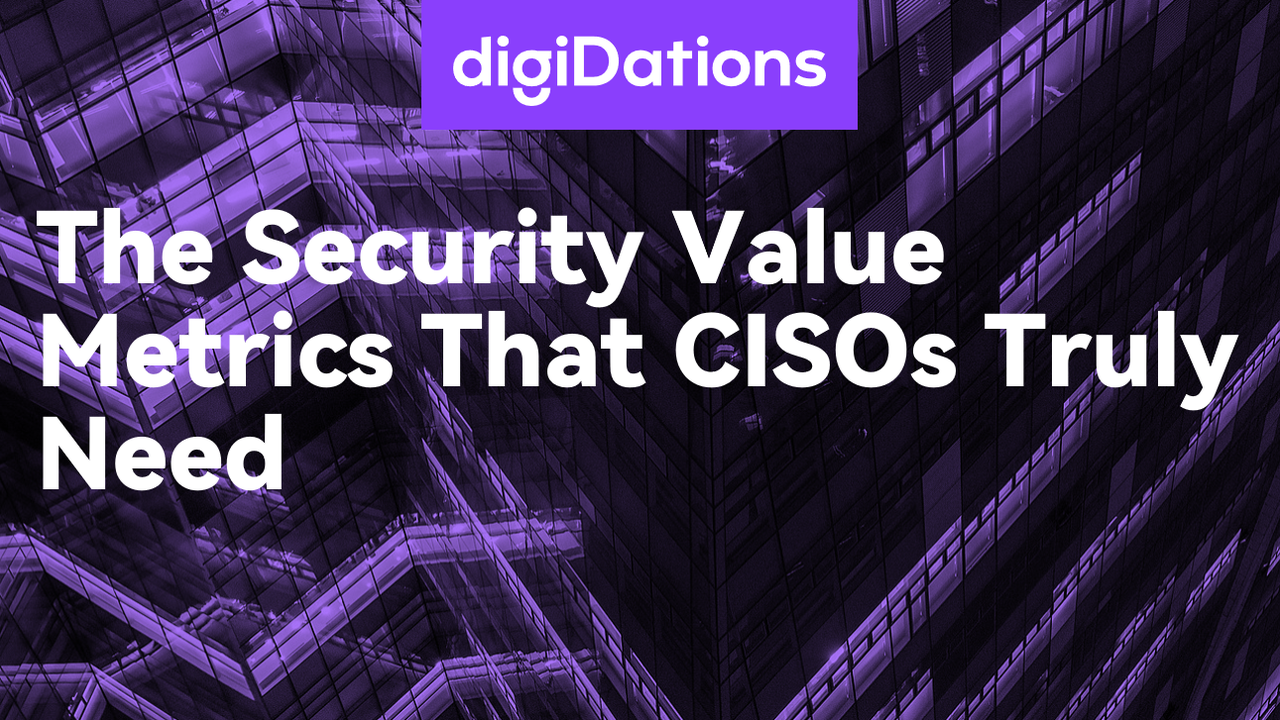The Myth of Vanity Metrics
After years of working in the cybersecurity field, we’ve observed a common phenomenon: many organizations overly rely on “vanity metrics” when measuring security effectiveness. These metrics may look impressive on the surface—such as the number of vulnerabilities patched monthly, security response speed, or the percentage of assets scanned—but they often fail to reflect whether an enterprise’s actual security risks have been effectively reduced.
Characteristics of Vanity Metrics:
- Pure quantitative statistics: E.g., “500 vulnerabilities fixed this month” or “1,000 security scans completed.” These numbers signal busyness but don’t necessarily indicate improved security.
- Time data lacking risk context: E.g., “Average response time reduced by 30%.” While this sounds like progress, it may be meaningless without correlating response time with threat severity.
- Simple coverage rates: E.g., “98% of systems scanned” or “95% of known vulnerabilities patched.” Such data creates a false sense of security, ignoring that uncovered areas may include the most critical assets.
Actual Hazards of Vanity Metrics:
These superficial metrics are more than just inefficient—they can pose tangible security risks:
- Resource misallocation: Security teams prioritize easy-to-fix issues that quickly boost metric numbers over real high-impact threats to business.
- Security illusion: Rising charts and data may mislead management into thinking the organization is secure, while the most dangerous threats linger undetected.
- Misguided decision-making: When decision-makers allocate security budgets based on vanity metrics, they may invest in tools that inflate surface data rather than solutions that enhance real security resilience.
- Security fatigue: Faced with lengthy lists of low-priority vulnerabilities, security teams may grow complacent, causing genuine high-risk threats to be buried among “urgent but irrelevant” issues.
Numerous enterprises with “perfect” security metrics have still suffered major breaches. The reason is simple: their metric systems were disconnected from actual risks. Metrics that don’t reflect real business risks are not only valueless—they can lead to severe deviations in security strategy.
Building Truly Valuable Security Metrics
To break free from vanity metrics, CISOs need to establish a value-driven metric system that authentically reflects security posture. This system shifts the focus from “what we did” to “what we achieved,” fostering a shared understanding of real risks between security teams and business leadership.
Five Core Valuable Security Metrics:
- Risk Impact Assessment: A meaningful risk score should not just count vulnerabilities but integrate exploitability, asset value, and potential business impact. It should dynamically adjust with evolving threat landscapes, helping leadership understand risks in business terms—not “how many vulnerabilities exist,” but “how these vulnerabilities could impact our core operations.”
- Critical Asset Exposure: Assets vary vastly in value. What matters is identifying which core business systems are currently at risk and tracking changes in their exposure over time. Are you truly reducing threats to critical infrastructure, or just allocating resources to low-value systems? This metric visually demonstrates whether security investments deliver optimal returns.
- Threat Path Analysis: Single vulnerabilities rarely cause major breaches. Real attackers chain multiple weaknesses (misconfigurations, excessive permissions, unpatched vulnerabilities, etc.) into attack paths. Mapping these potential paths reveals how threats evolve in the environment, allowing prioritization of critical chain links over isolated vulnerabilities.
- Risk Type Distribution: Understanding the most prevalent and dangerous risk types is crucial for resource allocation. Are the primary threats authentication issues, configuration flaws, third-party risks, or insufficient employee awareness? Such analysis guides strategic planning—for example, if 70% of high-risk exposures stem from identity and access management (IAM) issues, IAM should become a clear investment priority.
- High-Value Risk Remediation Timeline: Generic mean time to repair (MTTR) is often skewed by trivial issues, masking the resolution speed of critical risks. What matters is the remediation timeline for severe risks to high-value assets—vulnerabilities that, if exploited, could cause major business disruptions. This metric truly reflects the effectiveness of security operations.
The Role of Atlas Cybersecurity Validation Platform
Transitioning to value-driven metrics requires modern cybersecurity validation platforms like Atlas Cybersecurity Validation Platform, which enable organizations to shift from static, reactive vulnerability management to dynamic, proactive risk management via continuous threat exposure management (CTEM) frameworks.
How Atlas Cybersecurity Validation Platform Empowers CISO Decision-Making:
- Contextual Risk Assessment: Beyond identifying single-point weaknesses, Atlas simulates attacker mindsets to map how multiple vulnerabilities combine into attack paths targeting core business areas. This contextual analysis aligns security decisions with real-world threats.
- Incident Correlation Analysis: By integrating technical findings with contextual data, Atlas helps security teams understand the business impact of each attack technique, prioritizing issues that truly threaten organizational survival.
- Dynamic Threat Intelligence Integration: The platform continuously incorporates the latest threat intelligence, ensuring security measures target active, evolving threats—a critical capability in today’s rapidly changing threat landscape.
- Value-Driven Decision Support: Generating analytics that visually demonstrate real risk reduction, Atlas helps CISOs communicate the ROI of security investments to leadership, securing ongoing resource support.
- Continuous Security Validation: Security is not a checklist for compliance. Atlas Cybersecurity Validation Platform provides ongoing validation to ensure defenses hold up in real-world attack scenarios.
Conclusion
The metrics you choose define your security strategy and blind spots. Vanity metrics keep teams in their comfort zones; Valuable Security Metrics force them to confront challenging realities but bring organizations closer to true security. Because only when risks are measured correctly can they be effectively mitigated.
Industry research predicts that by 2026, organizations adopting CTEM may reduce breach rates by up to two-thirds. In today’s complex threat environment, shifting from vanity to Valuable Security Metrics is not just a way to enhance security effectiveness—it’s a prerequisite for an enterprise’s digital survival.
We empower CISOs with Atlas Cybersecurity Validation Platform to transcend superficial data and build a security management system rooted in real risk and business impact. No more “security theater”—just substantive protection. No more “activity for activity’s sake”—just action that matters.

